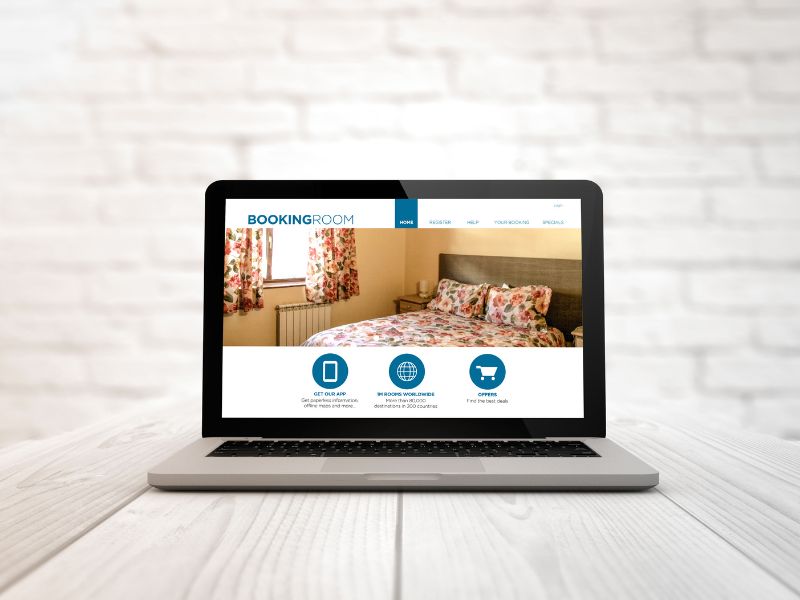When clients balk at our prices compared to quick-and-dirty alternatives, I explain the math: A $20,000 WordPress site that lasts 7 years costs about $2,857 per year. Meanwhile, that $8,000 template site that needs replacing every 2 years costs $4,000 annually—and that’s before counting the business disruption, SEO penalties from migrations, and staff retraining costs. Our WordPress implementations aren’t just websites; they’re business infrastructure designed for adaptation. While budget sites crumble under new requirements, our sites evolve through:
- Strategic modular design that allows adding new functionality without rebuilding
- Carefully selected plugins with long-term support records
- Custom post types that can accommodate new business offerings
- Future-focused database architecture that anticipates business growth
Re-Skinning vs. Rebuilding:
The Financial Impact The ability to re-skin a custom website represents enormous value. When market trends change or branding evolves, our clients don’t start from scratch—they renovate. This approach typically saves 60-70% compared to a full rebuild while preserving all the backend business logic, content, and SEO equity you’ve built. A client recently refreshed their 5-year-old site with a completely new design for $12,000, versus the $35,000 a rebuild would have cost. The project took 6 weeks instead of 4 months, and they maintained perfect continuity of their business operations.
Your CMS as a Business Growth Platform
I encourage clients to view their CMS not as a website, but as a toolkit that can spawn multiple business assets: One manufacturing client started with a basic WordPress site from us, then over 5 years added a dealer portal, parts lookup system, and warranty registration—all built on the same core CMS Strategic modular design that allows adding new functionality without rebuilding Carefully selected plugins with long-term support records Custom post types that can accommodate new business offerings Future-focused database architecture that anticipates business growth
- Internal operational dashboards: Using the same data structures to create employee tools
- Client portals: Extending the CMS to offer value-added services to customers
- Content marketing engines: Leveraging the CMS to fuel multi-channel publishing
- Integration hubs: Connecting to other business systems as your stack grows we initially developed.
Each addition was faster and more cost-effective because we leveraged the existing foundation.
The Integration Revolution: Own Your Data, Own Your Future
The game has fundamentally changed with AI-driven development tools. Custom API integrations that once cost $15,000 and took months can now be built for a third of that price in weeks. This isn’t theoretical—we’re delivering these savings to clients right now. When you own your data in an open-source CMS like WordPress, you’re positioned to capitalize on this integration revolution. Your business can connect to:
- Customer relationship management systems
- Marketing automation platforms
- Inventory management software
- Payment processors
- Analytics engines
- AI tools for content generation and customer service
Try doing that with a Squarespace or Wix site. Those platforms hold your data hostage in proprietary systems that limit what’s possible. When the next game-changing SaaS tool emerges—and it will—their users will be stuck waiting for an official integration that may never come. Our clients, meanwhile, simply call us to build a custom connector. One e-commerce client recently integrated their WordPress store with an AI-powered recommendation engine in just three weeks. Their competitors on SaaS platforms are still waiting for the feature to be added to their platform’s roadmap.
The Business Case for Quality
In recession times, the greatest waste isn’t spending too much—it’s spending twice. A quality CMS implementation is like buying a well-built house with room to expand rather than a cheap prefab that you’ll outgrow in two years. When businesses invest in our approach to CMS development, they’re not just getting a website—they’re acquiring a digital growth platform that adapts with their business for nearly a decade, turning what could be a recurring capital expense into a long-term asset.

